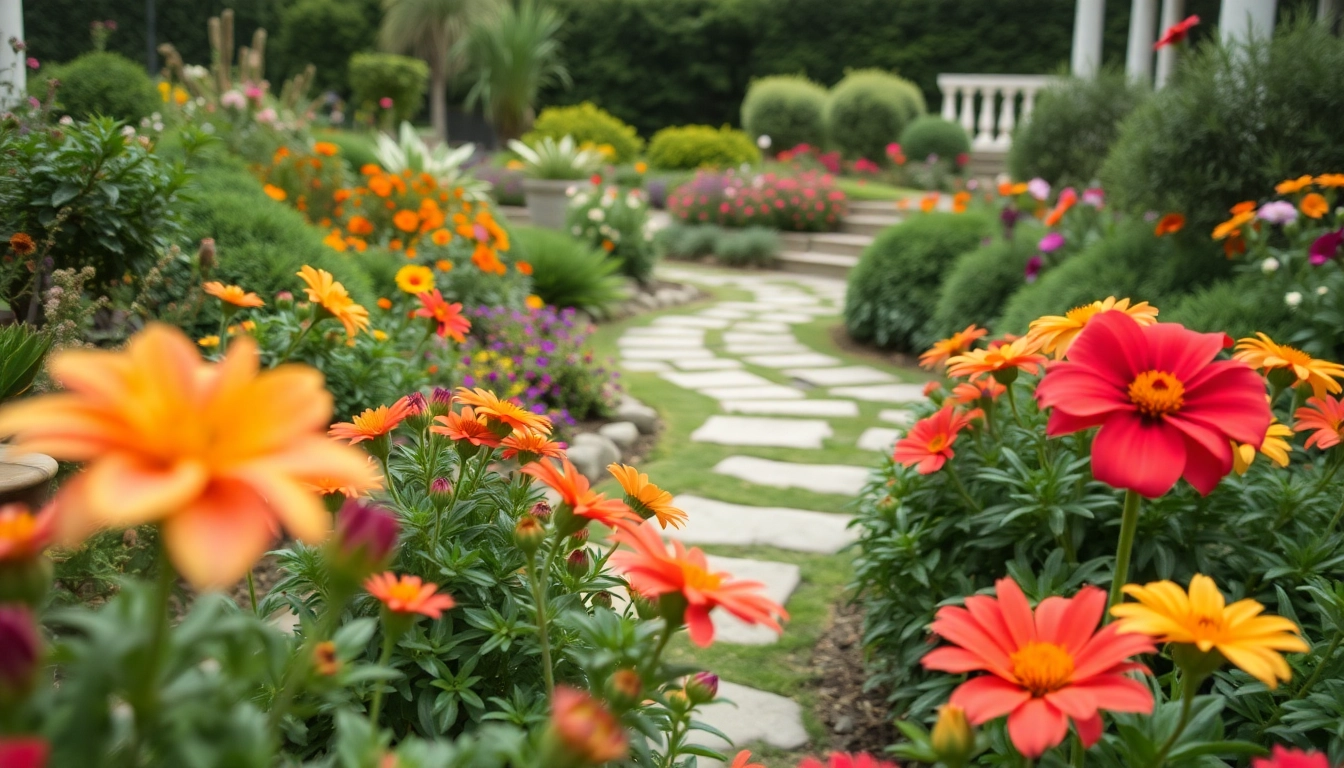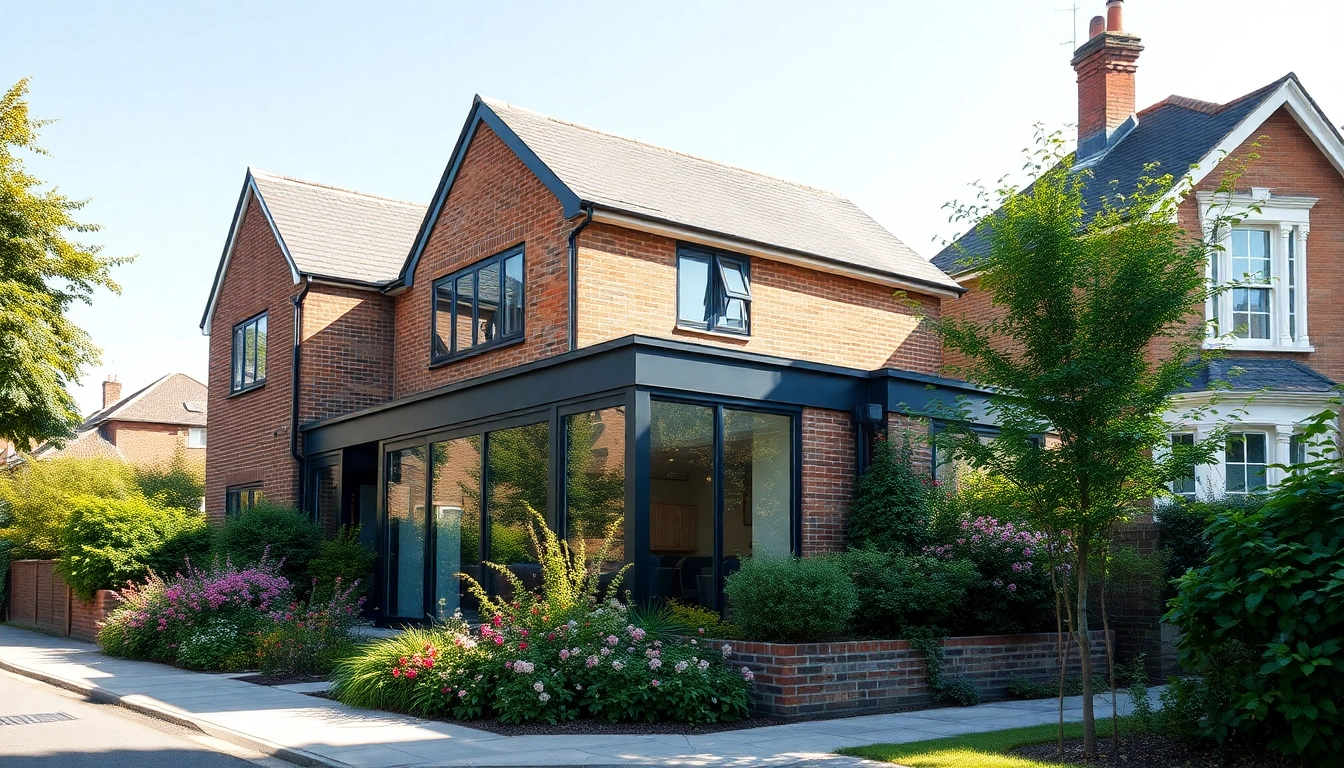1. Factors Influencing Landscaping Company Pricing
Understanding landscaping company pricing is integral to making informed decisions for your outdoor projects. The factors influencing these costs can vary widely based on several key elements. Here, we delve into the primary components that dictate the final price of landscaping services.
1.1 Project Size and Scope
The size and scope of your landscaping project are fundamental determinants of overall cost. Smaller projects, such as basic lawn care or planting a few shrubs, will naturally incur lower costs. However, larger projects, which may include extensive hardscaping, tree installations, irrigation systems, and elaborate designs, can range significantly higher.
For instance, a typical residential landscaping job may cost anywhere from $300 to $15,000, depending on the project’s complexity. According to resources like HomeGuide, basic landscaping cost ranges from $4 to $12 per square foot, underscoring the essence of spacing and the project’s overall scale in pricing.
1.2 Materials and Plant Selection
Another critical factor that influences pricing is the choice of materials and plants. Quality materials, such as high-end stone for walkways versus cheaper concrete, can dramatically affect the aesthetic quality and durability of the finished product. Additionally, selecting native or exotic plants can also impact costs due to their availability and maintenance requirements.
For example, exotic plants may have higher installation costs due to more complicated care requirements, whereas local species might be more affordable and sustainable in the long run.
1.3 Labor Costs and Expertise
Labor costs vary significantly depending on the company’s expertise and the local market rates. Experienced landscapers who specialize in particular tasks or have a strong portfolio often charge premium rates. Hourly rates for landscaping professionals can range from $30 to $100, depending on the complexity of the work involved.
Moreover, variations in labor costs can be influenced by location. Urban areas typically have higher labor rates due to the cost of living and demand for skilled professionals compared to rural areas.
2. Average Pricing Models for Landscaping Services
Landscaping companies utilize various pricing models to structure their services effectively. Understanding these can aid homeowners in making knowledgeable choices that align with their budgets and project requirements.
2.1 Per Square Foot Pricing Explained
One of the most widely recognized pricing models is the per square foot pricing approach. This model simplifies cost estimation for projects by providing a standardized rate that typically ranges from $4 to $12 for basic landscaping services. This method considers labor, materials, and overhead, allowing potential clients to assess costs based on their specific project sizes.
For example, a typical 600 square foot project at $6 per square foot would total approximately $3,600. However, homeowners should note that additional costs can arise from complex designs or unique requests that may increase the rates significantly.
2.2 Flat Rate Pricing Strategies
Some landscaping companies prefer flat rate pricing for specific services such as lawn care, garden beds, or hardscaping installations. This approach can provide clarity and simplicity for clients, as they can understand exactly what they’ll pay upfront.
An example might include a flat rate charge of $600 for a standard lawn installation that encompasses preparation, sod laying, and initial fertilization. Flat rate pricing can often trick homeowners into a false sense of security, so it pays to thoroughly vet what is included in that estimate.
2.3 Customized Pricing Based on Client Needs
Some projects are too unique for standard pricing models, leading companies to offer customized pricing solutions. This approach involves assessing the specific requirements of the client and the intricacies of the project before providing a tailored quote. Customization can cater to diverse landscaping tasks, including specific aesthetic requests, environmental considerations, and local regulation compliance.
While this approach fosters greater flexibility, it typically requires more extensive consultations and can sometimes lead to higher final costs depending on project complexity and specialized labor needs.
3. Common Landscaping Services and Their Costs
Individuals considering landscaping projects should be familiar with the various services available, as well as their associated costs. Here are some commonly requested services and their average costs:
3.1 Lawn Installation and Maintenance
Lawn care encompasses more than just mowing; it includes installation, maintenance, and repair. Installing turf can cost between $1,500 and $5,000 depending on the size of the area and the type of sod chosen. Ongoing maintenance may range from $50 to $100 per visit for mowing and care, depending on yard size and service frequency.
Regular maintenance is essential for keeping a well-maintained lawn and can contribute to the overall aesthetic appeal of a property, potentially increasing value.
3.2 Hardscaping Options and Pricing
Hardscaping includes non-plant elements such as patios, walkways, and retaining walls. These features can substantially enhance outdoor living spaces and contribute to utility and design. Costs for hardscaping can vary significantly; for instance, adding a patio may range from $10 to $25 per square foot, whereas stone retaining walls can cost anywhere from $20 to $40 per square foot.
The choice of materials often dictates these expenses. Natural stone options tend to be pricier than concrete, so aligning material choice with budget limitations is crucial.
3.3 Seasonal Services and Their Pricing
Seasonal services—such as leaf cleanup in autumn, snow removal in winter, and spring planting—are essential for maintaining your landscaping year-round. These services are usually charged either per hour or at a flat rate based on the task. For instance, leaf removal might cost around $300 to $700 for the season, while snow removal services can vary from $200 to $500 depending on frequency and snow volume.
Planning these services into a seasonal maintenance contract can lead to cost savings and ease of scheduling.
4. How to Get Accurate Estimates from Landscaping Companies
Obtaining an accurate and fair estimate is vital to avoid exceeding your budget and ensuring satisfactory service delivery. Here are some tips to aid homeowners in acquiring reliable quotes.
4.1 Requesting Detailed Quotes
When soliciting estimates, it’s crucial to ask for detailed quotes that break down labor, materials, equipment, and other costs. This transparency allows clients to understand exactly what they’re paying for and can help identify potential areas for cost savings. Be careful of estimates that seem too vague, as they might mask hidden fees or subpar services.
4.2 Understanding Service Inclusions
When reviewing estimates, ensure that you understand what services are included. Are there any guarantees or warranties provided? Does the price cover clean-up and upkeep after the installation? Confirming these details upfront can prevent misunderstandings and miscalculations regarding project costs and timelines.
4.3 Comparing Multiple Estimates Effectively
Rather than settling for the first estimate you receive, compare multiple quotes from different landscaping companies. This strategy puts you in a better position to understand the market rates and identify a fair and reasonable price. It’s advisable to consider not just the cost but also the reputation and reliability of the landscaping company, as the cheapest option may not always provide the best value.
5. Tips for Budgeting Your Landscaping Projects
Budgeting is crucial when embarking on a landscaping project to ensure you achieve your desired outdoor space without financial strain. Here are some tips to assist you in setting an effective landscaping budget:
5.1 Setting a Realistic Budget
Start by assessing your overall financial situation and the value you would like to allocate to landscaping. This includes determining not just the project costs but also the ongoing maintenance costs that may arise. Consider factors such as potential ROI (Return on Investment) and how the landscaping aligns with your property value and long-term plans.
5.2 Prioritizing Needs vs. Wants
When outlining your landscaping goals, prioritize needs over wants. Identify essential landscaping features that fulfill your needs—such as safety, privacy, or convenience—before adding luxury items or aesthetic features that may stretch your budget. This approach ensures that your budget is allocated efficiently and effectively.
5.3 Accommodating Future Landscaping Costs
Finally, it’s essential to account for potential future costs that arise from landscaping maintenance and possible upgrades. An outdoor space simply won’t maintain itself; regular costs for upkeep (like lawn care, seasonal work, or repairs) should be factored into your long-term budgetary planning. Setting aside a landscaping fund can help mitigate future surprises and maintain a beautiful yard without financial strain.




